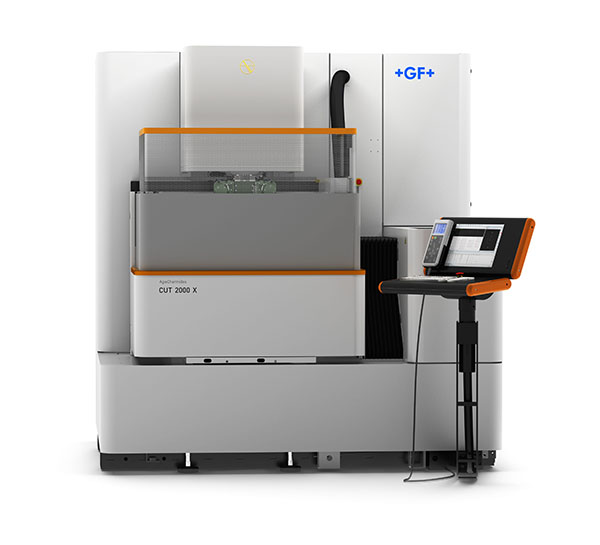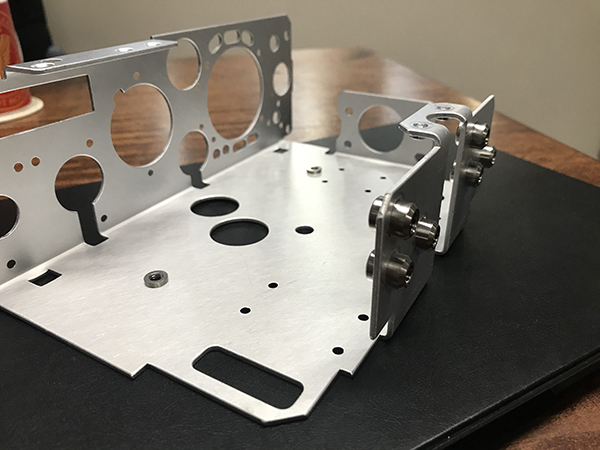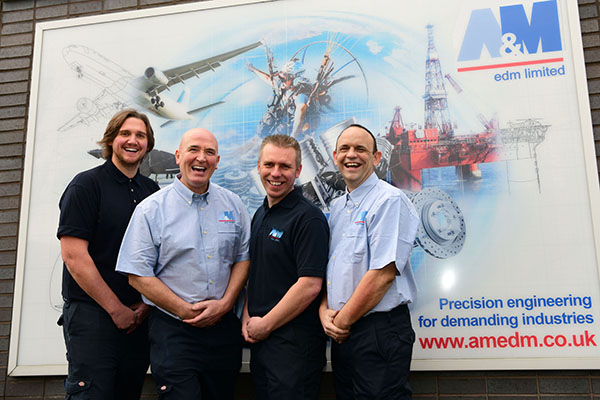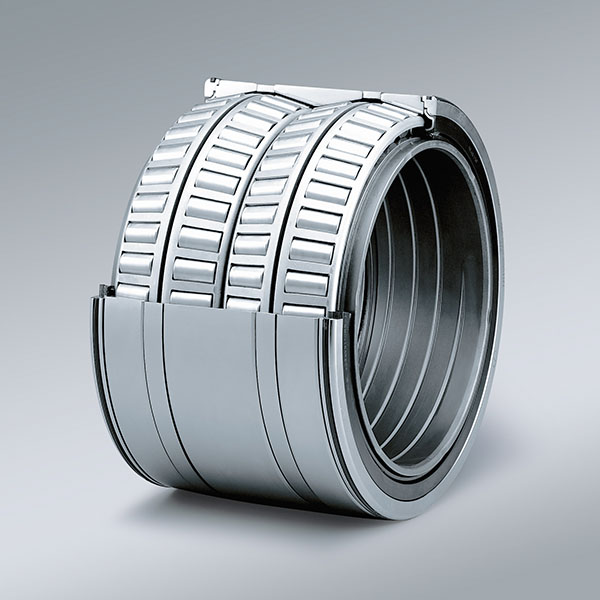The AgieCharmilles CUT 2000 X wire EDM has been upgraded by GF Machining Solutions to feature the latest Spark Track technology and an IVU (integrated vision unit).

Spark Track technology, with its intelligent spark protection system (ISPS) that provides information about spark distribution on the wire, allows users to avoid wire breakage regardless of the machining conditions, as well as reduce part defects and simplify machine operation. Wire oscillation, varied heights and tapered surfaces are among the common problems resolved by Spark Track technology. To achieve optimum results, the discharge distribution along the wire must be as uniform as possible.
Using IVU Advance, operators can reduce set-up times, check reference points without a measuring machine and correct machining errors. A CCD camera reduces the need for an operator’s presence.
Having this on-board measurement system to analyse light intensity variation allows the detection of edges, which saves costs and facilitates closed-loop manufacturing. At the same time, multiple measurement systems are available for part control and set-up, along with automatic shutter and part-cleaning solutions.
The CUT 2000 X’s Vision 5 software interface allows manufacturers to optimise production, achieve flexible job management and improve quality and productivity, says the company. Furthermore, Vision 5 simplifies last-minute machining sequence modifications and allows for special actions to be introduced directly inside the job.
Another innovation is open guides on the automatic wire changer (AWC) that permit manufacturers to use a combination of different wire diameters between roughing and finishing, thereby reducing machining time for small and complex geometries, resulting in up to 32% more productivity. Additionally, two 25 kg wire spools are available that eliminate the need to modify the wire circuit when switching wires.
For further information www.gfms.com























